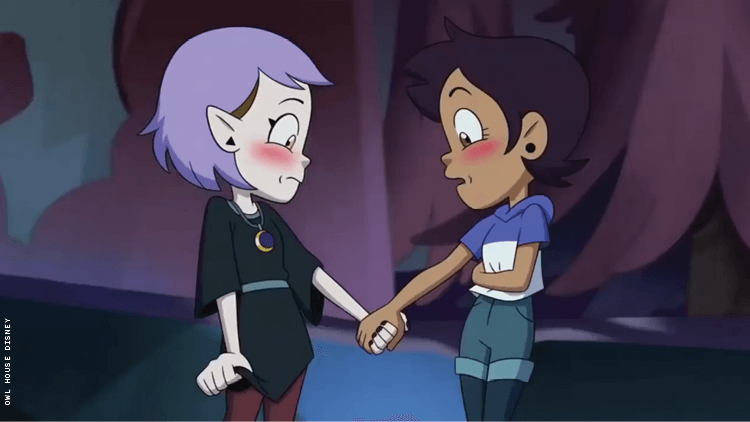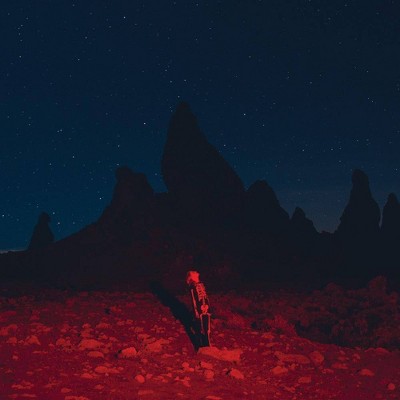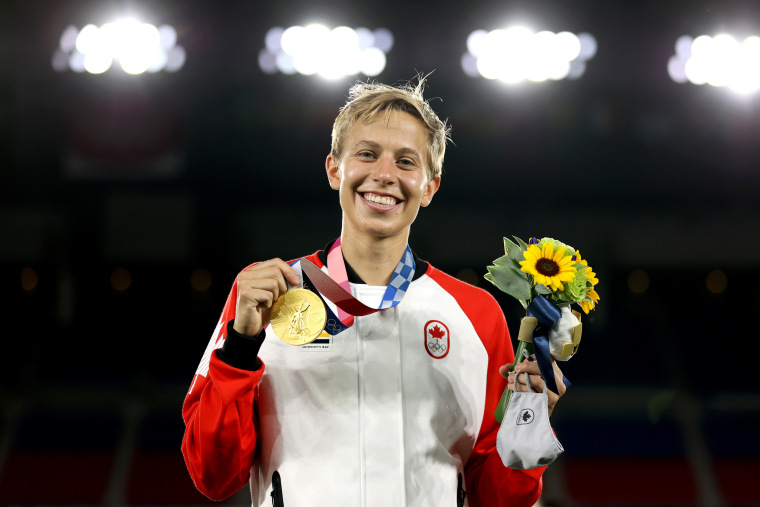Right above my head hangs a massive poster titled “North American Whales and Dolphins”. While I certainly have an affinity for marine animals, especially sharks and whales, there is only one reason for me having this poster: being gay. In the event of expected confusion, I will present an explanation for you. I have a gay uncle who I absolutely adore. He is my mother’s younger brother and has been out since college. He got married in 2015, and his husband is unironically the most loved by my grandmother, even considering her own children. Growing up, my uncle was my first experience of someone I knew being gay; however, as a kid, I literally did not care a singular bit as when I thought about my uncle, I was a lot more concerned with the snazzy posters, pictures, and knick-knacks he had in his childhood room which is where I would sleep when visiting my grandparents. My personal favorites were the “Little Miss and Mr.” books and his numerous fish posters, most fondly, the “North American Whales and Dolphins” poster.

My gay poster!
Probably two years ago, my grandparents were cleaning out his room and asked if I wanted any of the posters, specifically the whales and dolphins one. I said yes, obviously, and this poster became a part of my room(s), which I consider to be reflective of myself. Now, when asked about the poster, which currently lives as the focal point of my dorm posters, I joke that the poster is what made me gay.
In reality, the poster did not make me gay, and I thoroughly hope everyone understands that gayness is not inherited. However, being able to see my uncle be himself, embrace his sexuality, and marry someone he loves encouraged me to think critically about what I wanted in life, embrace my sexuality, and eventually come out to my family. I also joke that he is the “gay Jesus” of our family because my coming out was made somewhat easier by being able to see the acceptance of his sexuality.
A picture of Marsha P. Johnson
Beyond knowing my own personal history of familial gayness, learning and celebrating the overall LGBTQ+ history of America was also a vital part of me accepting my sexuality. The first little bit of queer history I learned about was Stonewall, the pinnacle moment of the gay liberation movement. If you are unfamiliar with the event, I recommend checking out this article. I first learned about Stonewall on a school trip my sophomore year at a random museum in Washington DC, and I was quite moved by the exhibit despite being in denial that I could be gay. During the summer of 2020 as I was more so considering the possibility of me not being straight, I watched “The Death and Life of Marsha P. Johnson” (2017), who was a Black queer trans woman who was known for supposedly throwing the first brick to start Stonewall. She went mysteriously missing in 1992, and the uncertainty surrounding her death remains, which is the focal point of the documentary. However, she has become someone whose existence and work are immensely celebrated throughout LGBTQ+ pride efforts. Learning more about her made me learn a little more about myself. Additionally, through the extensive research I have done on lesbian feminism for my paradigm shift essay, I have come to accept that not all LGBTQ+ history is inherently good, but it has ultimately made me prouder of my identity as a lesbian and who I am.
TLDR: learning history allows us to reflect on who we are and who we want to become and starts us on the path to become proud of ourselves.
**”History, huh?” is a title inspired by “Red, White, and Royal Blue” by Casey McQuiston. If you have not read it, go do it, right now.






/cdn.vox-cdn.com/uploads/chorus_asset/file/11707275/usa_today_10879767.jpg)
/cloudfront-us-east-1.images.arcpublishing.com/pmn/J27PDR2J3BBPPGWDQUXRNKDFWU.jpg)



